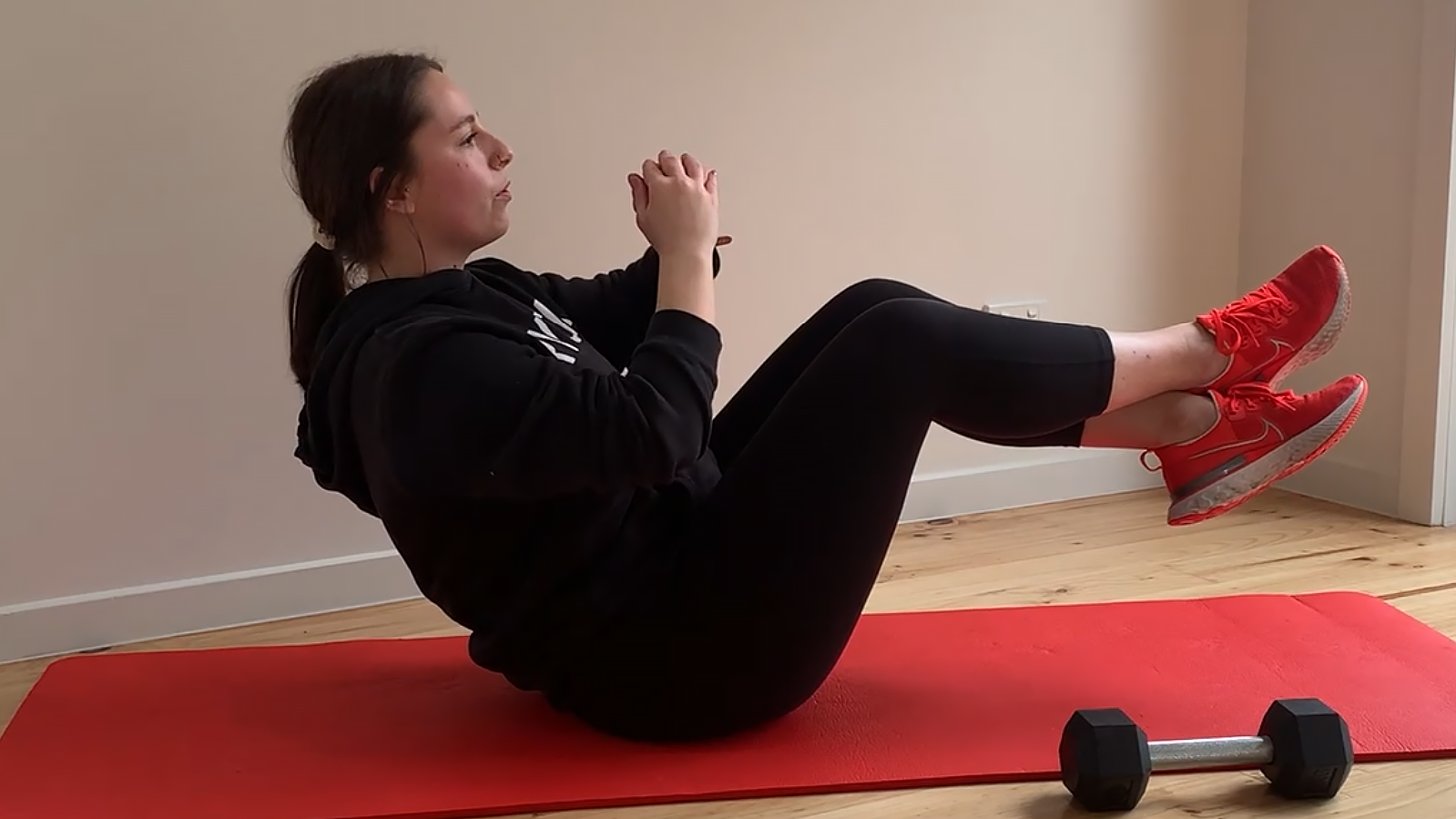
Let’s start with the good news – we all have a 6-pack!!
However it is generally hidden by clothes, or a thing called life – food, drink, TV, iPhones, you get the drift... We can also be participating in exercises that are not assisting in achieving the 6-pack or a toned stomach. However, is the dream cheese grater 6-pack exactly what you need for a body that moves easily and is strong and healthy?
To get a 6-pack or flat stomach many people believe that doing hundreds of sit-ups and crunches will see them achieve them. We have all seen those ab crunch machines advertised at 2am (P.S. they don’t work, save your money). The key is decreasing body fat. This comes from healthy eating and an overall approach to exercise – cardio and strength/toning exercises. Hundreds of sit-ups will not achieve a flat and toned stomach, it is more likely to cause poor posture, lower back pain and neck pain.
So what is the difference between the abs and core? And what exactly is this thing called the core, that everyone talk about in fitness? The abs are one muscle - rectus abdominus, which connect the ribs to the pelvis, supporting us in bending forward and also assists us in breathing. The core on the other hand, can be classified as every muscle other than those in the arms and legs – there is far too many to mention! The core has numerous functions including breathing, coughing, laughing, postural control, maintaining balance, pelvic floor, turning, twisting, lifting, bracing, bending, sitting, moving – EVERYTHING!
Core training is vital to everyone at every stage of fitness and life. This can be done by completing exercises that may not be seen to be “core” specific like dead lifts, squats, push ups, chin-ups, or specific gym based core exercises such as the plank. Strength based, coupled with cardio training will assist in toning and defining the body all over by reducing body fat.



